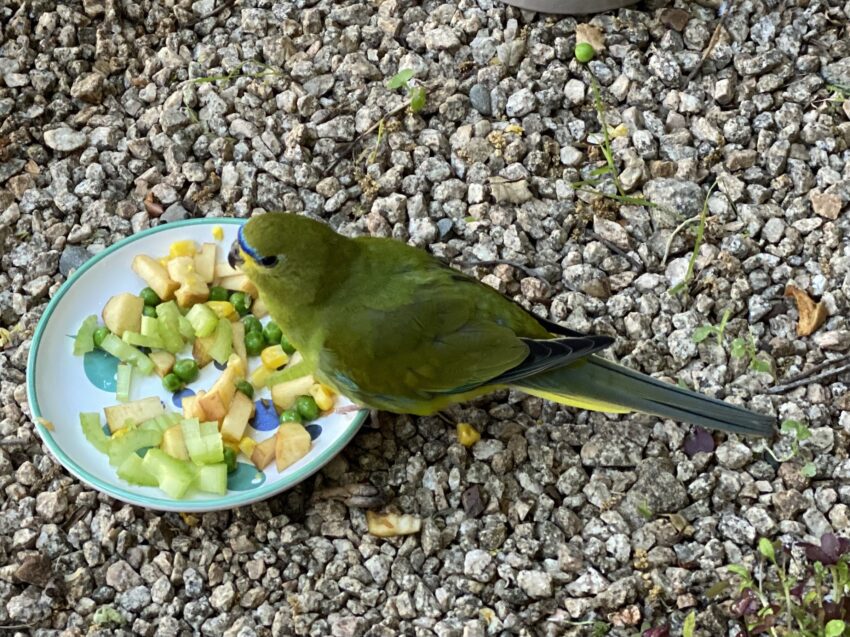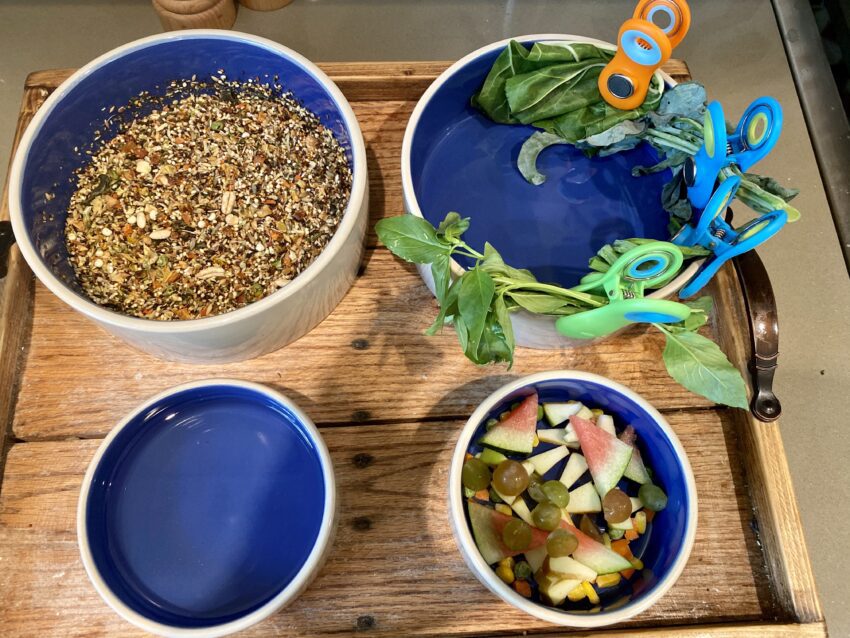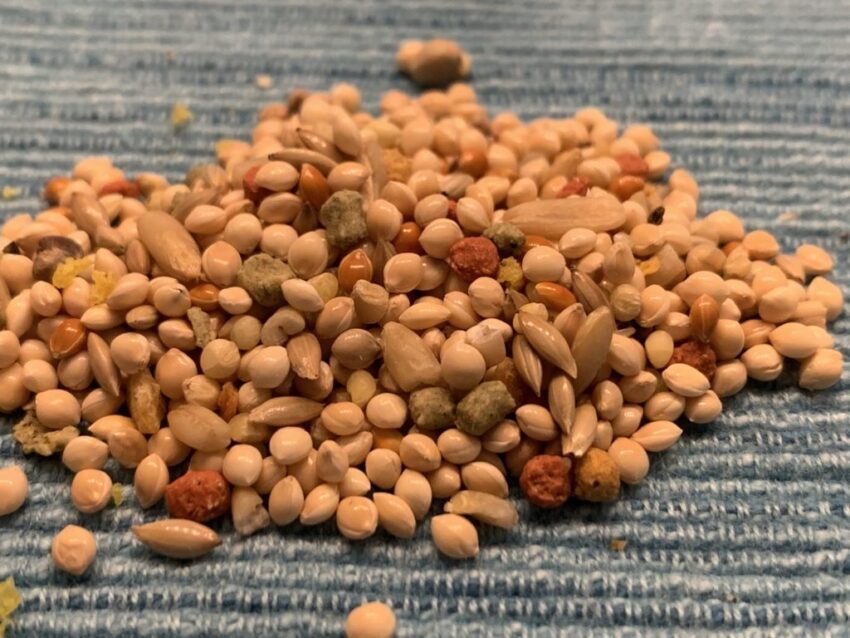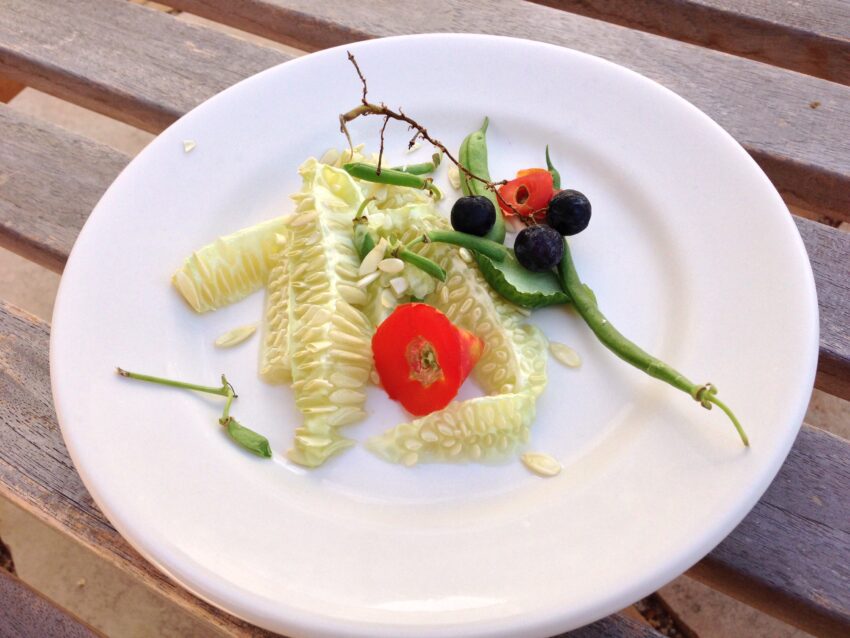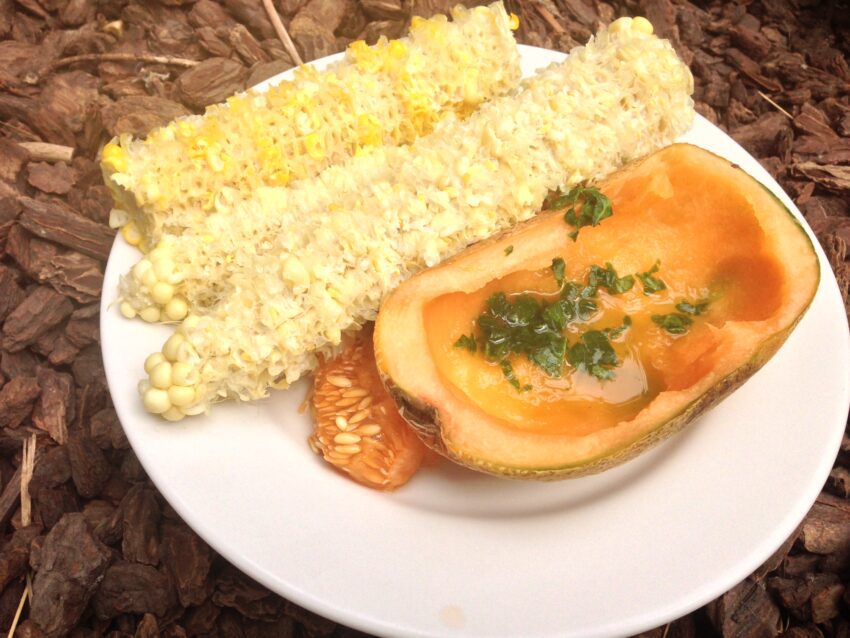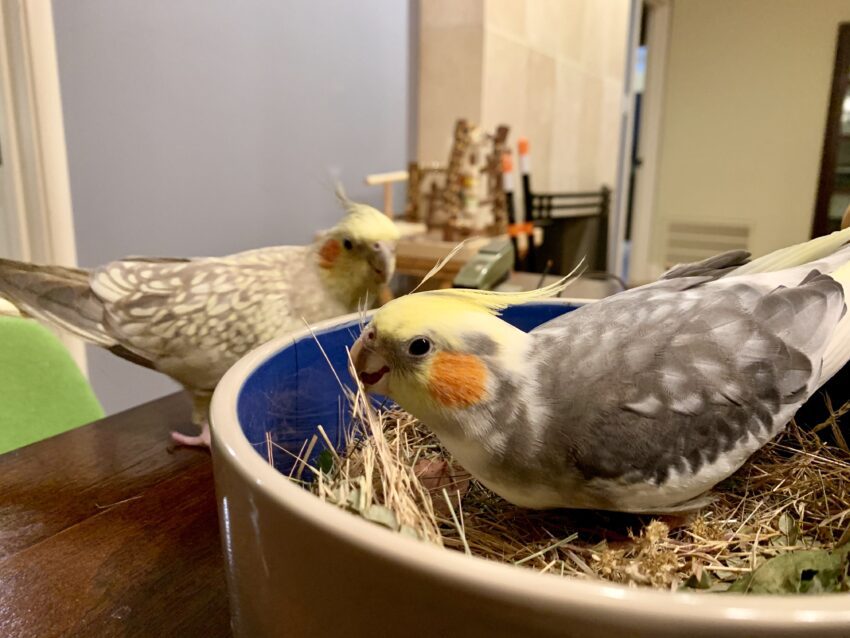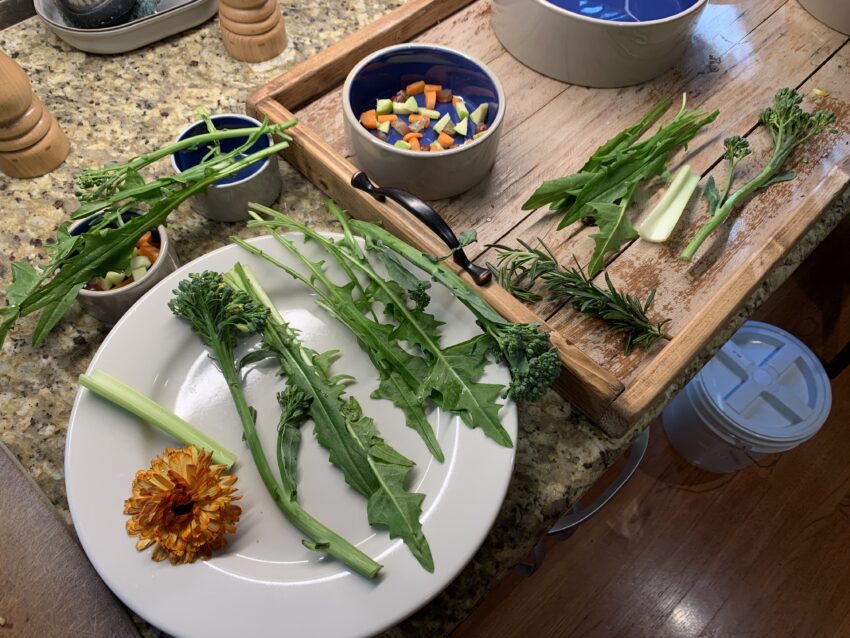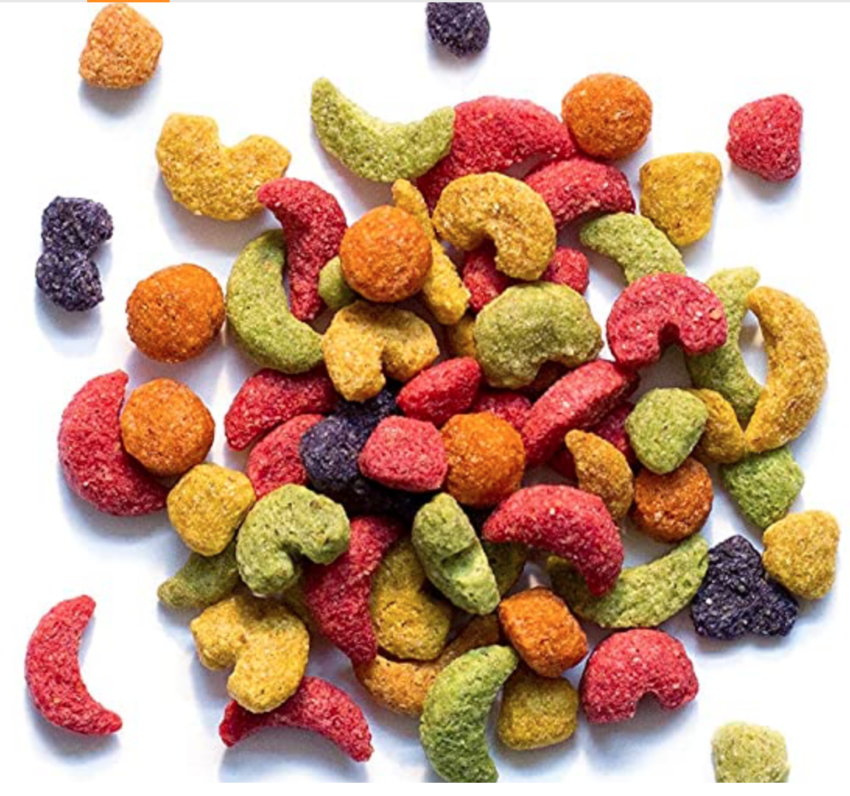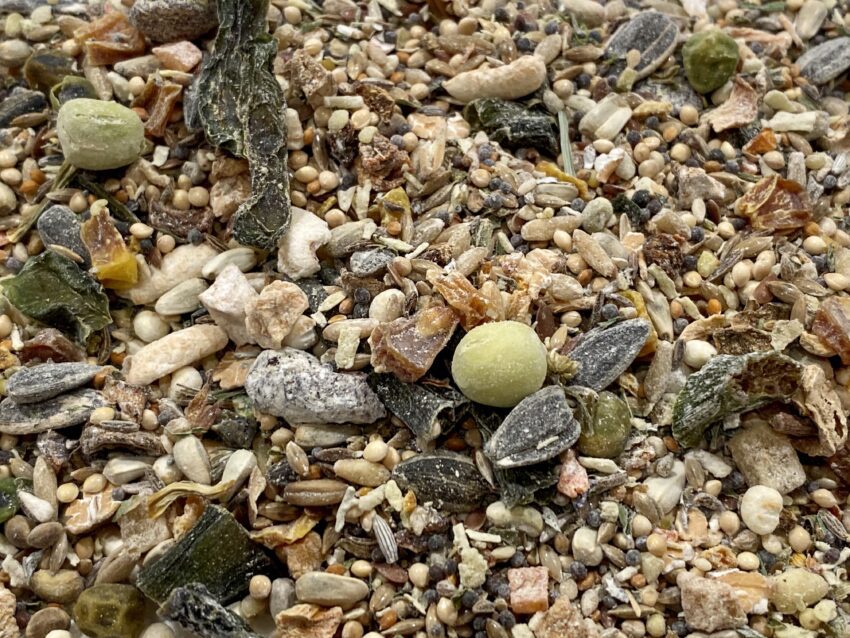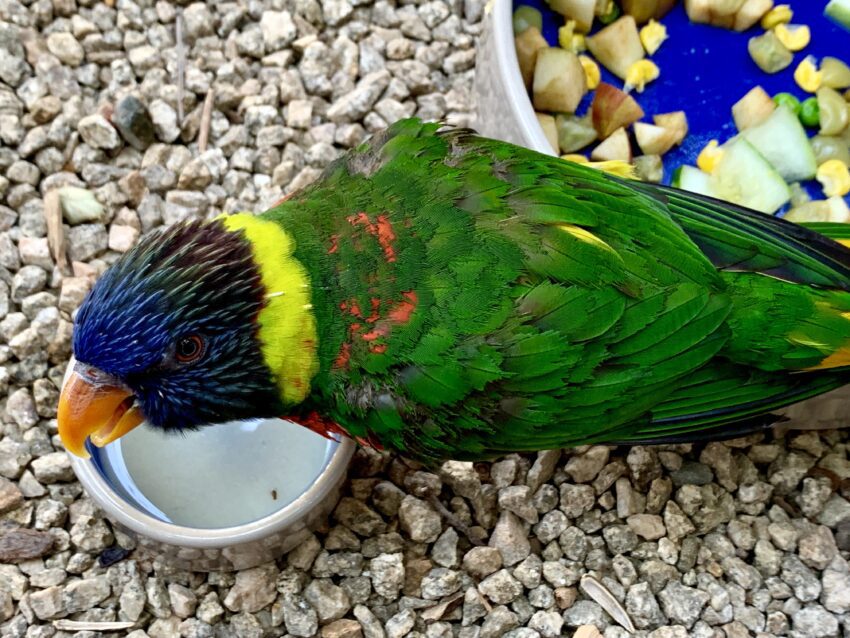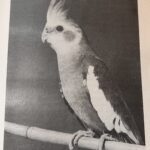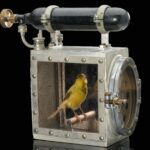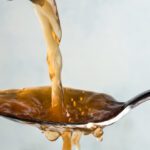
The uncomfortable debate: seeds or pellets?
Debating this is sort of like talking politics. It can sometimes get heated! Although I draw on a lot of research for this article—and the articles it references—there’s also opinion at play as well as my own experience.
In my mind, the biggest downside to pellets is that they are ultra-processed food. Just like with humans, they have the potential to cause the same chronic diseases (obesity, diabetes, heart disease, cancer, etc) they cause in humans and other pets. We seek out grain-free, raw, and whole food diets for our cats and dogs but we don’t seem to do the same for birds.
I believe there are some legitimate reasons for a pelleted diet, but they require you to overlook quite a lot of downsides to them. I’ll discuss that more below.
What there is universal agreement on is that birds should have fresh food in addition to their dry diet. What constitutes a fresh food diet differs by species, but generally, dark leafy greens, herbs, spices, fruit, vege, sprouted seeds, nuts, eggs, and even dried or live insects are safe and nutritious for birds. I have an article about safe foods to give birds that I recommend consulting the first time you use a new food. There is very little that is immediately toxic to birds, but there are things that can sicken them.
But let’s put all this aside and look at some of the popular arguments that are made about parrot diets.
The “all seed” diet is bad
You’ll often hear people that say that the “all seed” diet is bad, but you need to find out what they mean by that. If people are feeding their bird 100% seed without including fresh food, then it’s definitely a bad diet. As they say, it’s all part of a balanced breakfast. If they are talking about a seed diet combined with fresh food, then everyone is on the same page. The rest of this article is all about what to choose as the primary dry diet, seed or pellets.
Seeds are high in fat
I wrote the article, “Are seeds high in fat?” to explore this topic. The short version is that it depends on the mix of seeds. Most of the species-targeted seed mixes are in fact, low in fat. This is the main argument used against seed diets but it’s not as simple as that.
A seed diet will lead to chronic disease
This argument is based on the false presumption that seeds are high in fat. Some seed diets can be unhealthy for birds, but the real reason is that some can be high in carbohydrates, the root cause of many chronic diseases. All pelleted diets are high in carbohydrates, but some are very high, which I discuss in this article about some of the popular pelleted diets.
The low-fat mantra is deeply ingrained in American society as well as other countries that look to the US for nutrition guidance. You’ll often hear vets reference Fatty Liver Disease as an inevitable consequence of a fatty diet. It sounds logical, but carbohydrates are actually the culprit in this chronic illness. There is an avalanche of animal research into fat and carbohydrates. Despite how different birds and humans are, they suffer from many of the same chronic diseases and have similarly poor diets.
Fats are fine as long as they are unsaturated (aka “good fats”)
Without getting into a debate about the merits of that argument, let’s just accept it as true for a moment. Then, we can talk about how seeds are actually very low in saturated fats.
Studies prove that seed diets are bad
There is actually only one study available that directly compares seed and pellet diets in captive parrots. This is the one most vets will reference. Here I explain why this study is bogus. You don’t have to be a scientist to see why.
Seed diets are bad because of the before-and-after pictures I saw
The pellet companies like to give vets before-and-after pictures of birds on “all-seed” diets and use that to convince/guilt you to buy pellets. But they can be light on the details. They never explain what this “all-seed” diet consists of, which is important to make a real comparison.
Birds will just eat the “bad” seeds out of their seed mix
While the smaller birds often have an obsession with millet, which is low-fat and high-carb, birds seem to pounce on seeds like safflower and sunflower that are higher in fat. Since I’ve argued that fat is not something to be concerned about, I’m not concerned about these dietary choices. However, this does make a compelling point for pellets. Since pellets are a “uniform” diet, every pellet they eat is the same mix of nutrition. It’s possible that a bird could choose to eat seeds that form an unbalanced diet. But I’ll make two points here: (1) If you don’t overfeed your bird, they will consume most of their food, and (2) don’t presume that birds aren’t smart enough to know what food is good for them.
Sunflower seeds are poison for birds
There’s probably no seed more demonized than the sunflower seed. It’s one of the fattier seeds, so that’s part of the dislike that vets and others have. Plus birds love them! As I covered in this article, a good target range for fat content in a diet is 20-35%. Sunflower seeds are 62% fat, but they are very close to a number of others like hemp, nyger, pumpkin, and safflower. But the more common seeds like millet, canary, and oats average between 10-17% fat. So a mix of both could bring this seed diet into a comfortable range. But to derail this whole analysis, I’ve also written about how seeds are very low in saturated fat, also known as “bad fat”. Sunflower seeds are only 7% saturated fat!
Birds shouldn’t be fed the same diet they get in the wild
Often, people that favor a seed diet will argue that it’s what their bird eats in the wild. That’s usually met with someone explaining that birds live much better lives in captivity. Except they really don’t. I think it’s very important to consider what your bird eats in the wild (and plays with). When I learned that cockatiels and budgies gravitated to grasslands in the wild, I started giving them grass to play with.
Pellet diets are the most popular
Anecdotally, pellet diets are much more popular in the US, whereas seed diets predominate elsewhere. I did a very small, only slightly scientific study of parrot diets around the world that supported this claim. In this article, I found more confirmation of this when I searched for bird diet mixes around the world. The pellet companies are mostly American and I suspect that’s not a coincidence. Regardless, it’s important to know that even though most American bird keepers use pellets, that doesn’t mean the world agrees.
I should always believe my vet when it comes to diet
Your vet should be a resource and should also be open to debating controversial issues like nutrition. As I explained in an article about choosing a vet, it’s important to have a vet that will work with you and advise you, not tell you what to do without providing compelling evidence. A lot of people don’t realize that some vets sign exclusive deals with pellet companies. If they only feature diets from one manufacturer in their waiting rooms, then that’s why. Pellet manufacturers also do “research” showing how their products are superior, but it’s definitely not independent. They often provide brochures or handouts to the vet, who then gives them to you. If your vet sells multiple brands, chances are the only money they are making is just from the sale of the product.
Birds enjoy eating pellets just as much as seed
We’d have to interview the birds to know for sure, but anyone that’s converted a bird from seed to pellets knows how much harder it is than the reverse. And the seed+pellet mixtures that are common today don’t acknowledge that pellets can go largely uneaten. But an important piece missing is the enrichment value of seeds. I also wrote an article about how varied a “dry” diet can be.
Natural vitamins are the same as artificial vitamins in pellets
There is a lot of interesting research here in recent years. I wrote up an article comparing natural vs artificial vitamins. The short version is that they are not the same, for the most part. Absent exposing your bird to regular sunlight, it’s quite difficult to get Vitamin D. Algae and alfalfa can be good sources, but they often don’t contain adequate amounts. Eggs can be one of the best sources, especially since birds aren’t typically meat-eaters.
Pellet diets allow you to precisely control the nutrients
This one is absolutely true! But do we really want to do that? This goes back to the opening paragraph where I talked about processed food. Because it’s processed, it can be tightly controlled, and every batch can have the “right” nutrition. This is definitely a legitimate argument, but only if you ignore the downsides of pellets.
A mix of both pellets and seeds is the perfect compromise
This is a reasonable option if you are: (1) on the fence about seed vs pellet diets, or (2) you’re trying to keep your vet happy. The truth is, though, that birds generally prefer seed so chances are they won’t eat many of the pellets. If you restrict the amount of food, you can compel them to finish their daily rations. Generally, it works best to choose one diet or the other. There are some seed+pellet mixtures on the market, but they tend to be the worst of both worlds: a selection of very low-fat seeds mixed with processed low-fat pellets.
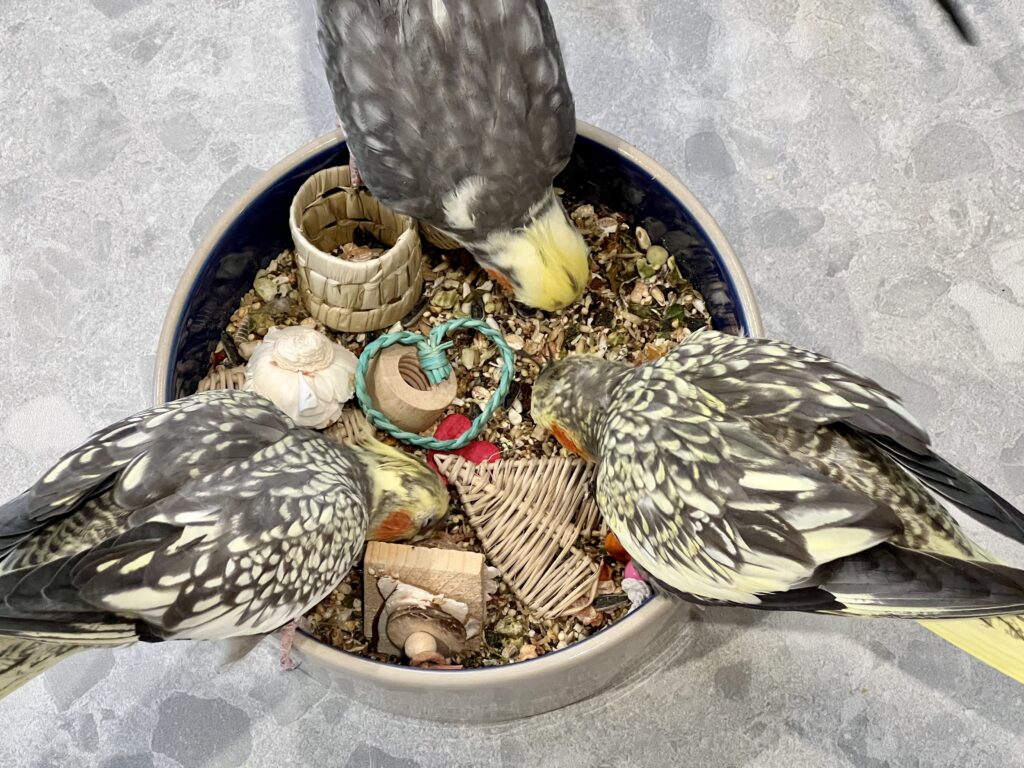
Conclusion
An important takeaway is that while most pelleted diets have the same macronutrient profile (carbs, fat, protein), a seed mix can vary based on what seeds are chosen. A bad mix is still probably preferred merely for it not being processed, but it’s important not to load up on only high carbohydrate seeds like millet, canary seed, and oats.
Birds are decades behind cats, dogs, and humans in modernizing dietary guidelines based on the available science. Eventually, birds will catch up. They have wings, after all.
